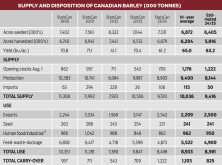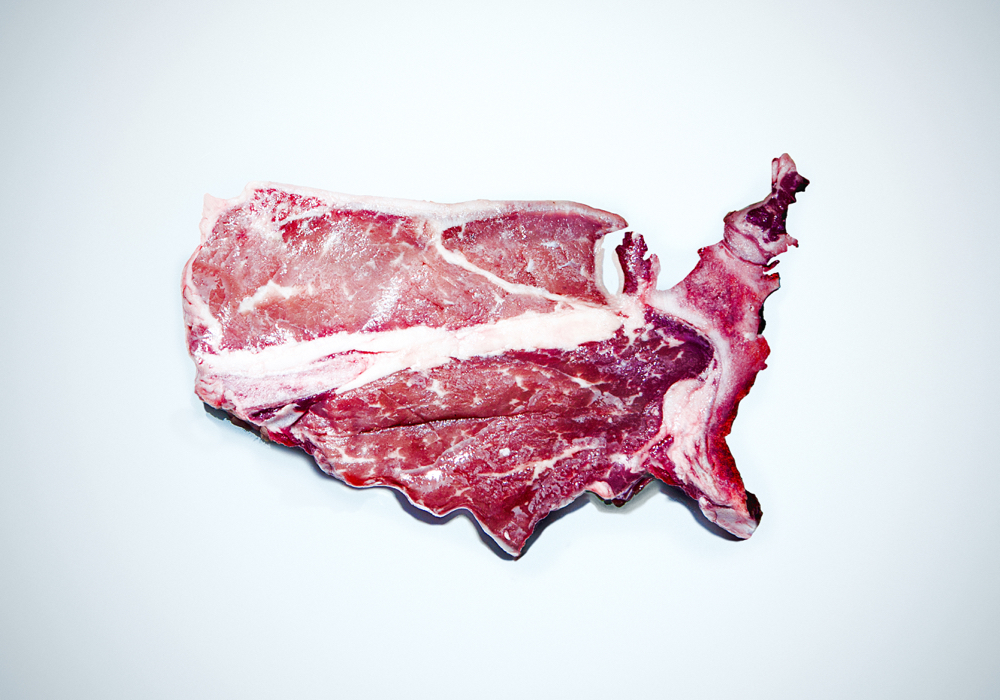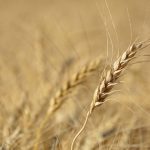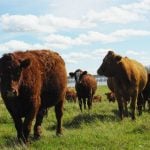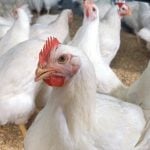Who doesn’t dream of building a new, state-of-the-art beef processing plant? As it happens, plenty of people in the U.S. do. Spurred by the perceived lack of slaughter capacity during the worst of the COVID pandemic, more than seven new groups over the past 18 months announced plans to build a plant.
There’s one huge glitch, however, in their plans. The U.S. industry never had a capacity shortage. I calculate that the largest 70 beef processing plants in the U.S., ranging in capacity from 7,000 head per day to 20 head per day, can harvest 134,000 head per day. That is well above current slaughter levels of 124,000 to 127,00 head per day.
I wrote during the worst of the pandemic of dramatically reduced slaughter levels. A sudden labour shortage caused the reductions. This shortage took nearly two years to recover to near-normal staffing levels. Even today, daily slaughter levels have not topped 130,000 head and Saturday slaughter levels have seldom risen above 40,000 head per day.
Read Also
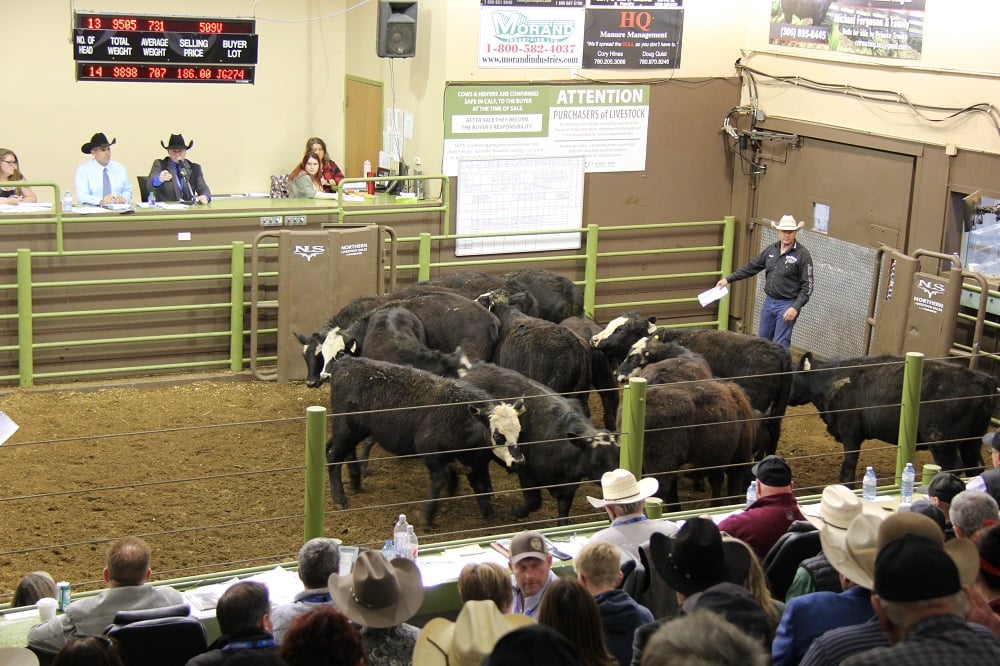
Cattle Market Summary
Break-evens, cow and calf prices, plus market summaries courtesy of Canfax and Beef Farmers of Ontario. Cost of Production September…
The other big question mark is where these new plants, if they open, will get their cattle from. I calculate that the proposed new plants, plus an expansion in capacity at three existing plants, would add 11,740 head per day to current capacity. This total does not include a highly ambitious plan by two entities to build a US$1.1 billion, one-million-square-foot food processing facility in western South Dakota. Observers, though, wonder how such an ambitious plan could possibly come to fruition.
As you might know, USDA’s annual cattle inventory report confirmed that the national herd had its fourth consecutive year of decline in 2022. USDA reported that all cattle and calves in the U.S. as of January 1, 2023, totalled 89.27 million head, 3.0 per cent or 2.80 million head below the 92.08 million head on January 1, 2022. The report also suggested that cattle numbers might not start increasing year-on-year until 2025 at the earliest.
Some investors, though, seem undaunted by the supply difficulties that new plants will face. A Florida equity real estate firm recently said it is investing US$150 million in a proposed new plant in Iowa. Meanwhile, the Cattlemen’s Heritage Beef Company says construction will begin this spring on its proposed new US$520 million beef processing plant in Mills County, Iowa.
A proposed new operation in western Nebraska might have the best chance of success. That’s because retail giant Walmart has taken a minority equity stake in Sustainable Beef LLC, which is about to start construction on a US$325 million beef processing facility in North Platte, Nebraska. This is Walmart’s biggest-ever investment in the U.S. beef processing industry. The plant has broken ground and is expected to open in late 2024. Sustainable Beef expects to process 1,500 head per day and up to 400,000 head per year when fully operational. Neither company disclosed how much Walmart’s stake is worth. But it is expected to be sizeable.
A big bonus for both Walmart and Sustainable Beef is that Walmart will buy most of the beef produced by the plant, which will go to Walmart stores in the central U.S., says Walmart senior vice-president Tyler Lehr. Having Walmart as a reliable customer will be a huge plus, says Sustainable Beef CEO David Briggs. However, the supply side will be much harder, say observers. The new plant will have to outbid major packers JBS, Tyson and Cargill. With fed cattle supplies even tighter in 2024-25 than they are today, such a battle will only benefit cattle feeders in the region.





